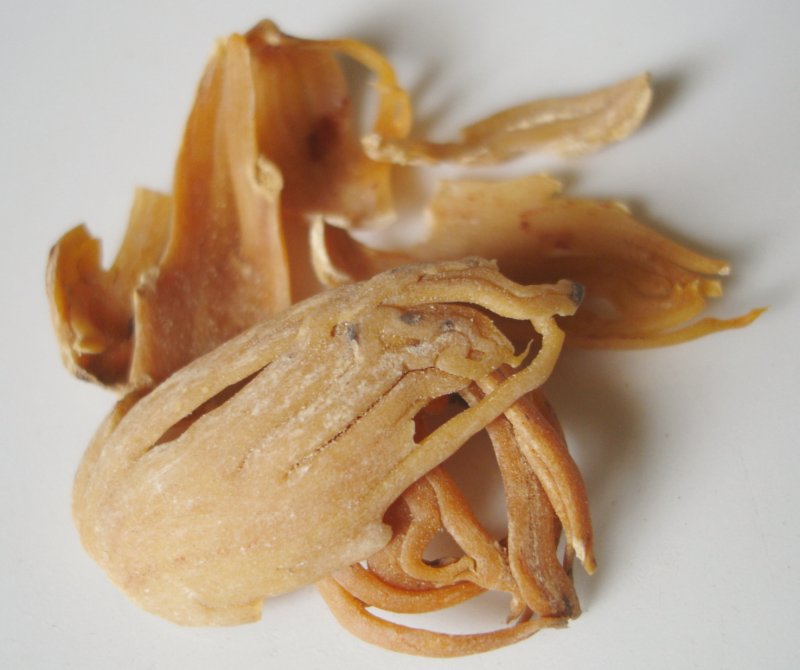Growing mace at home can be a rewarding endeavor, providing you with a unique spice that enhances a variety of dishes. Mace, the aromatic spice derived from the aril of the nutmeg seed (Myristica fragrans), is not only a flavorful addition to your culinary repertoire but also offers numerous health benefits. This guide will help you understand how to grow mace at home easily and effectively.
Essentials

Mace is the red lacy coating (called the aril) that encases the nutmeg seed. Myristica fragrans (Nutmeg) is a tropical evergreen tree. The bark is greyish-black. The leaves are elliptic or oblong-lanceolate and leathery. This evergreen tree is the main source of world-famous spices nutmeg and mace.
What is Mace actually?
Mace is the vibrant red lacy coating surrounding the nutmeg seed. This tropical evergreen tree thrives in warm climates and is known for its glossy leaves and fragrant flowers. With proper care, you can cultivate this spice in your own garden or even in containers.
Benefits of Growing Mace at Home
- Flavorful Spice: Mace has a warm, sweet flavor, ideal for both sweet and savory dishes.
- Health Benefits: Rich in antioxidants, mace can boost immunity, aid digestion, and relieve pain.
- Culinary Versatility: Use mace in baking, cooking, and even as a flavoring for beverages.

Best Time to Plant Mace
For optimal growth, plant mace seeds in early spring or late fall. This timing allows the plant to establish itself before facing harsh summer conditions.
Soil Requirements for Mace Plants
Mace thrives in well-drained soil. The ideal soil composition includes:
- 50% clay
- 30% sand
- 20% organic matter
Maintain a pH level between 6.5 and 7.0 for best results.
Caring for Mace Plants
- Watering:
- Water deeply and slowly to encourage deep rooting.
- Water at the base in the morning to prevent moisture on leaves overnight.
- Reduce watering in cooler weather.
- Fertilization:
- Use organic compost to enrich the soil.
- Fertilize during the growing season for robust growth.
- Mulching:
- Apply 3-4 inches of mulch around plants to retain moisture and control weeds.
Growing Mace in Containers
If you’re short on space, growing mace in containers is a practical option. Here’s how:
- Choose the Right Pot: Select a pot at least 12 inches wide and deep.
- Use Quality Potting Mix: Ensure it is well-draining.
- Planting: Sow seeds about 0.5 to 1 inch deep, spacing them at least 12 inches apart.
- Sunlight: Place the pot in a sunny location.

Companion Plants for Mace
Companion planting can enhance growth and deter pests. Consider these companion plants:
- Trellis beans
- Calendula
- Borage
- Nasturtium
These plants not only support mace but also improve soil health.
Harvesting Mace
Mace is harvested just before the nutmeg fruit ripens. The aril dries to a golden-yellow color and can be used whole or ground.
Common Pests and Diseases
Keep an eye out for common pests like aphids and fungal diseases. Organic pesticides and good gardening practices can help manage these issues effectively.

Safety Considerations
Be cautious if you have pets, as mace can irritate their mucous membranes. If exposure occurs, rinse the affected area and seek veterinary advice if symptoms persist.
Conclusion
Growing mace at home is a delightful project that rewards you with a unique spice and numerous health benefits. With proper care and attention, you can enjoy fresh mace in your kitchen. Start your journey today and bring the exotic flavor of mace into your culinary creations!
By following this guide on how to grow mace at home, you’ll be well on your way to cultivating this exquisite spice in your own garden.
| Mace | |
| Water | Regular watering; cut back after flowering and during winter, or in a cold conditions or in unheated greenhouse; keep soil moist. |
| Soil ph | 5.5-8.5 |
| Sunlight hours | Requires medium shade during the initial periods; full sun, partial shade during the later stages of growth. |
| Pests and Diseases | Spotted wing flies, fruit flies, leaf spot, thread blight caused by fungus, wilt are the most causes diseases. |
| Temperature | Temperature level between 20 and 30 deg C (68-86 deg F) is ideal. |
| Soil composition | The plant tolerates a range of soils; grow optimally in well draining, deep loamy sand rich in organic matter. |






